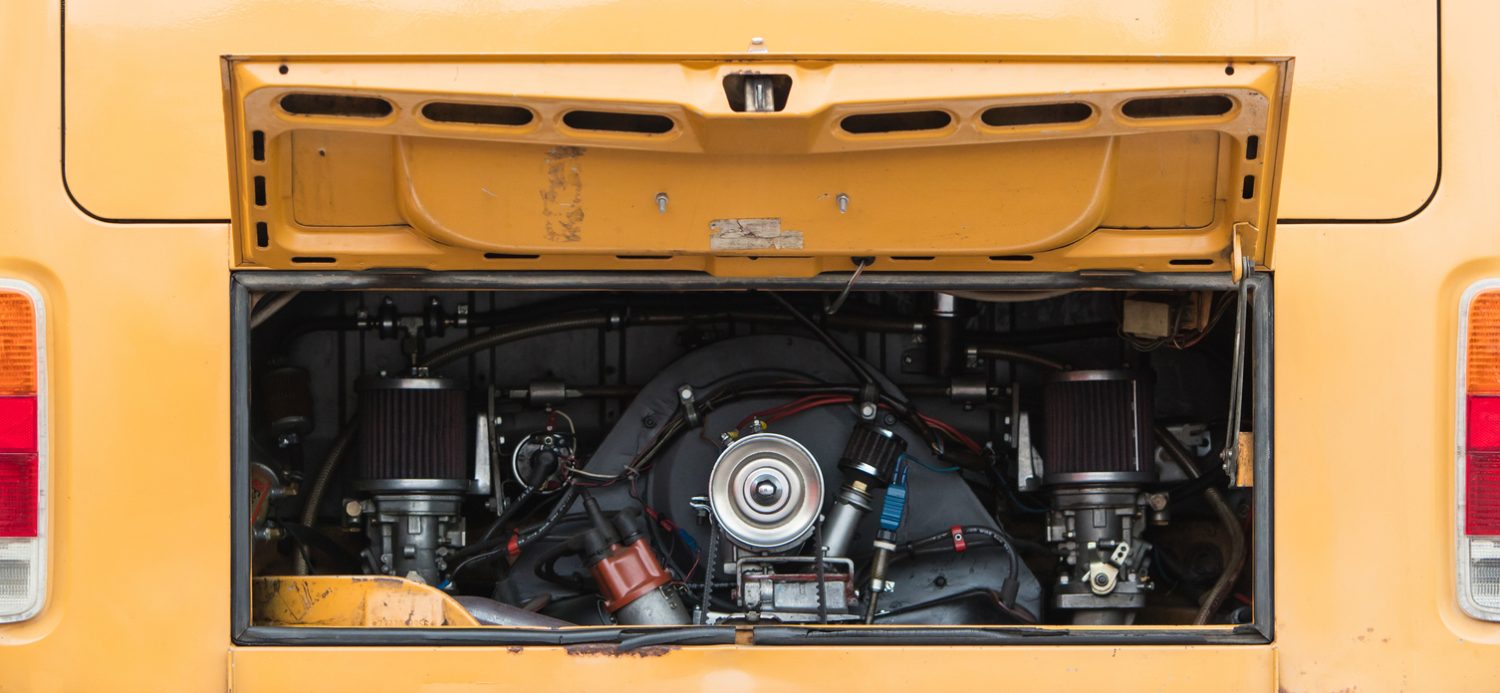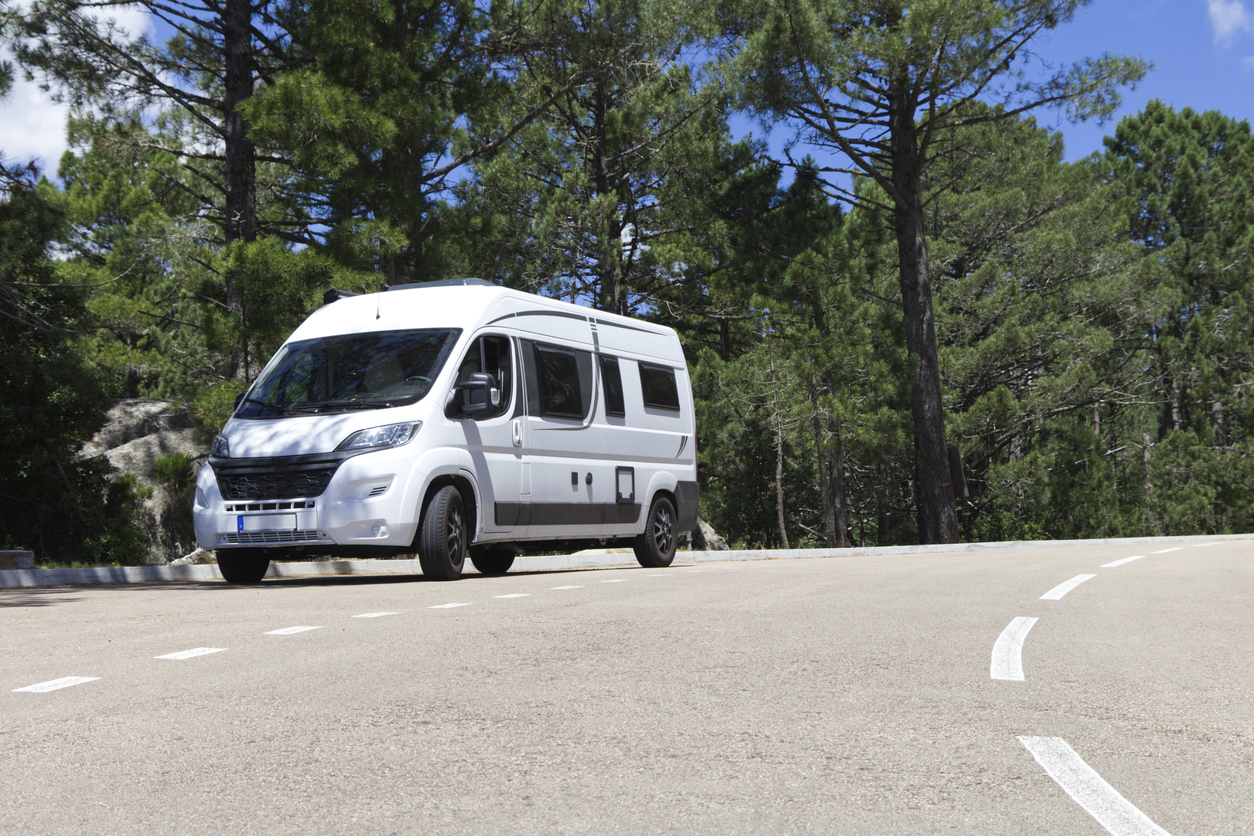Basic RV Maintenance
Despite how common RVs are, some people who drive them don’t have a good grasp of how they truly work. If you’re looking to get into RV repair or just want a bit of inside knowledge on how your vehicle operates, take a glance at the various fluids found in your vehicle. This will give you a tremendous amount of insight into how everything works. Knowing just a little about basic RV maintenance will be a huge help.
Get Ready for Your Big Road Trip!
Generally speaking, RVs contain around 6 different fluids to help them run at full capacity.
Brake Fluid
Brake fluid is a viscous substance that’s responsible for placing pressure on a car’s wheels in order to make them stop. It can be composed of many different substances, such as propylene glycol or mineral oil. Because of the significant amount of friction near wheel areas, brake fluid consists of materials with high boiling points. However, exceptionally cold environments have the potential to freeze fluids. This makes it necessary in some cases to have brake fluid that maintains its viscosity in cold weather as well; most of these brake fluids tend to be made from silicone.
Brake fluid is stored in the engine area, almost always in a clear receptacle. This receptacle is labeled with instructions showing you the minimum and maximum level at which you should fill it. If there’s too much or too little fluid, it can cause your brakes to not function properly. Make sure you keep an eye on these levels are part of your RV maintenance routine.
Too little fluid usually indicates that there’s some sort of structural problem with your car. This is usually a leak. It’s important to find and repair the problem, or problems, causing low fluid levels. Low fluids could potentially cause a brake-related accident or injury if not addressed.
Engine Oil
Engine oil, also known as motor oil, is something most drivers are familiar with. How often it needs to be changed and what kind of oil is needed depends on a wide variety of factors. These can include number of miles driven in the past couple months, how many miles are on the car in general, seasonal temperature, and car brand.
Engine oil is essential, as it lubricates many of the parts found in the engine when they’re in use. Without it, a car’s engine would easily overheat and damage itself relatively quickly, causing it to no longer function properly. As such, oil levels are an important thing to keep track of at pretty much all times. Basic RV maintenance rules state you should be changing your oil every 3,000 to 5,000 miles.
If you’re not sure whether your car needs more oil, look for a dipstick under the engine hood. It’s likely to be brightly colored for easy spotting and can simply be removed. Wipe off any excess oil on the dipstick and place it back in the engine. Immediately pull it back out; if the indicator on the metal appears too low, then you’ll need to add in more oil. If the oil you do check happens to be sticky, clumpy, and black, you’ll need to have your oil changed. When it looks this way, it’s no longer lubricating the engine properly.
Coolant
Engine coolant is invaluable as it keeps the engine from getting too hot. It’s essentially a diluted form of antifreeze and comes in many different colors, although it’s usually dyed green.
To check if your coolant is up to standard, make sure your car is completely cooled down. If you’ve recently used your car, some of the coolant will have turned into steam. If you go to immediately check it, serious injury can result. When your car is finally cooled down, look for the radiator cap under the hood. You can then check the coolant levels. If it’s extremely low, that’s usually indicative of some engine damage that needs to be addressed.
In the event that you need to replace a little bit of the coolant, you can buy either an already made mix of coolant and distilled water or add some diluted coolant to the engine yourself. In the latter case, use distilled water and create an exact 50-50 mix of coolant to water. Otherwise, it won’t work properly and cause engine damage. Making sure you keep on top of your coolant is an essential part of RV maintenance.
Power Steering Fluid
This is the fluid that helps you make turns with your front and back wheels. It also acts as a foam suppressant and a lubricant. It can either be organically or synthetically produced. Not having enough of it in your car’s system can make steering exceedingly difficult.
Similar to brake fluid or engine oil, power steering fluid usually comes in a clear container and has a dipstick attached. Where exactly the fluid receptacle is located depends heavily on your car model; to find out where it is, consult your driver’s manual.
Power steering fluid doesn’t need to be changed regularly, but it’s good to change it every once in a while. It tends to gunk up over time. Make checking your power fluid a regular part of your basic RV maintenance.
Transmission Fluid
Transmission fluid is a lubricating substance that helps your car shift gears more smoothly. It’s usually a red-colored substance, although if it ends up looking black and thick, that’s a prime indication that it needs to be changed.
The transmission fluid container can be tricky to locate since there are so many differences among car models. Some have dipsticks, some don’t, and the exact location varies quite a lot. To find where it is, you’ll probably need to look at your car’s driver’s manual.
Most cars in the modern day are compatible with automatic transmission fluid. Older models almost always require manual transmission fluid.
Windshield Wiper Fluid
Probably the least important, but nonetheless useful, type of vehicle fluid is windshield wiper fluid. Don’t skip this fluid on your RV maintenance checklist.
Windshield wiper fluid is usually blue-colored (although not always) and consists primarily of water, ammonia, and alcohol. It plays a crucial part in getting your windshield clear so that you have a reasonable level of visibility. The container it’s found in will be located in a different spot depending on your RV model.
There aren’t very many special instructions for maintaining windshield wiper fluid except for the fact that it can partially freeze up in colder conditions, so you’ll need to add antifreeze to it during the winter months.
Properly Maintaining Your Vehicle
RVs are incredibly intricate contraptions with all sorts of parts needed in the right condition to work properly. Although it takes years to fully master RV repair, all you really need is a little knowledge of car components to ensure the function and longevity of your vehicle.


